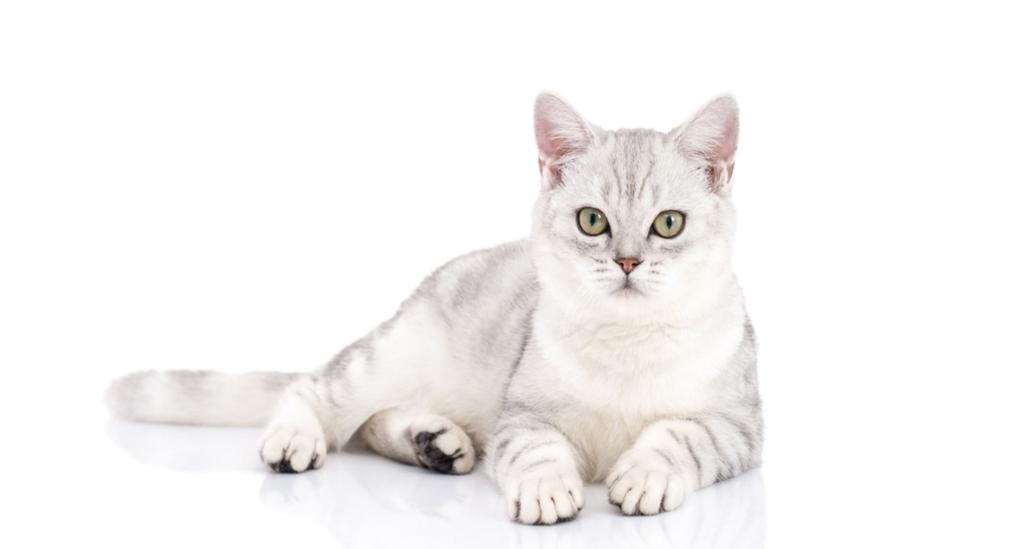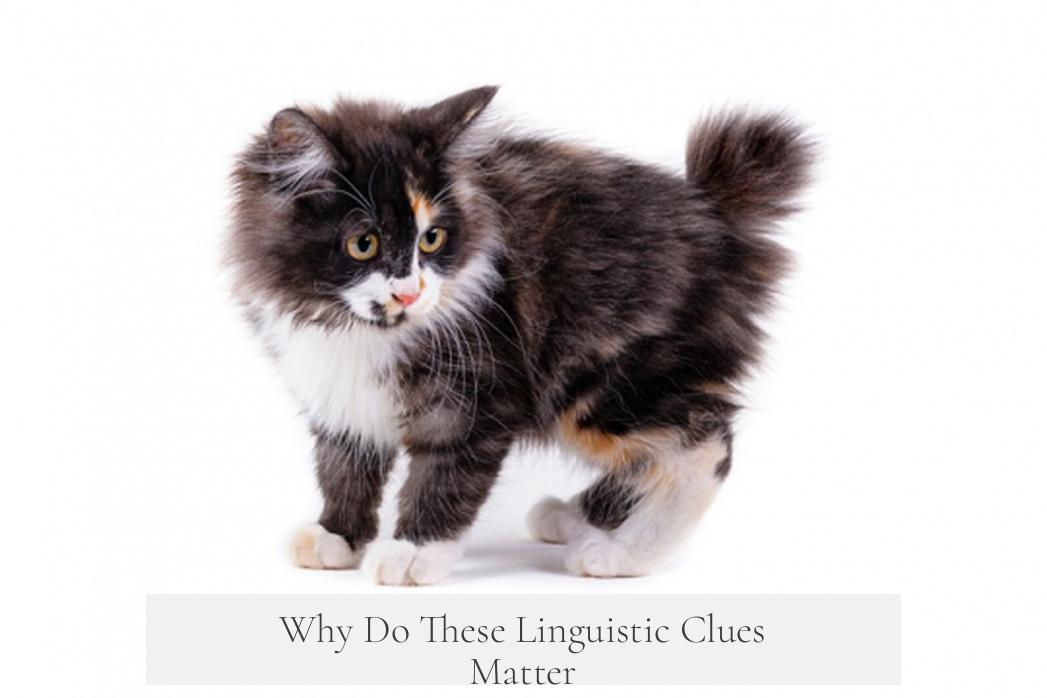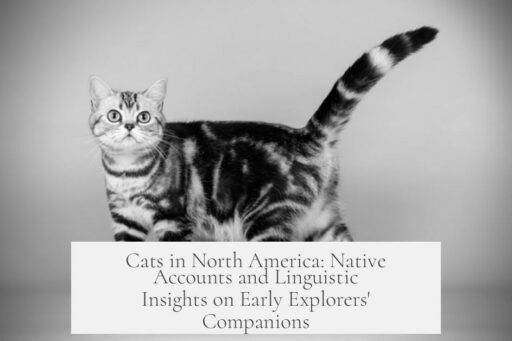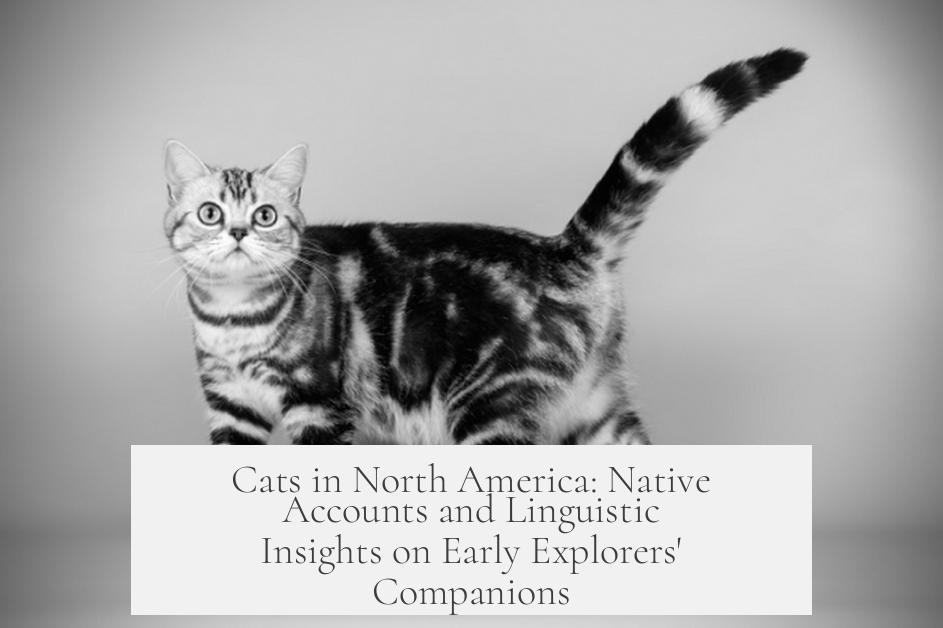Domestic cats arrived in North America with European explorers and colonists, not as native animals. Indigenous peoples recognized these newcomers and incorporated the presence of cats into their languages and oral histories. However, Native American accounts of early domestic cats are primarily linguistic rather than detailed historical narratives.
The Nuxalk people of British Columbia provide a notable example. Around 1793, explorer Alexander MacKenzie and his Metis companions arrived at Bella Coola. The Nuxalk language uses the term q’umsciwa to describe these pale newcomers, roughly meaning “returned from the dead,” based on their pale appearance documented in oral tradition. Cats were called q’umsciwaalhh, which translates to “the thing that came with the q’umsciwa.” This naming shows that cats were associated with the arriving Europeans and not native wildlife like cougars or bobcats. The cats were not simply unnamed animals but linked directly linguistically to these foreign visitors.
Other First Nations languages show similar patterns, where words for domestic cats are loanwords borrowed from colonial languages such as English, French, or trade pidgin Chinook Wawa, rather than native terms or diminutives of wild native felines. For instance:
- Michif uses Minoosh, derived from French.
- Cree dialects say minos.
- Nuxalk has both q’umsciwaalh and puspusii (from Chinook Jargon), the latter linked to the native cougar word puspus.
- The Mvskoke language uses pose, a loan from English “pussy.”
This borrowing illustrates that domestic cats came with Europeans and were not present independently among Indigenous communities before contact. There are no known pre-contact Native American oral histories that explicitly describe domestic cats, supporting that cats were introduced species.
In summary, Native American accounts of early domestic cats exist through language borrowings and naming practices linking cats to colonial arrivals. These linguistic clues provide indirect evidence of cats’ arrival and acceptance but not detailed native narratives focusing on cats themselves.
- Domestic cats arrived through European explorers and colonists, not naturally.
- Nuxalk word q’umsciwaalhh links cats to pale explorers.
- Most Indigenous languages borrow cat terms from English, French, or Chinook.
- No direct Native American pre-contact stories about domestic cats exist.
- Linguistic evidence marks cats as introduced alongside Europeans.
Domestic Cats Were Introduced to North America by Explorers & Colonists. Are There Native American Accounts Of These Early Kitties?

Yes, we do have fascinating clues that domestic cats arrived in North America alongside explorers and colonists, and Native American oral traditions and languages reflect this introduction. But—not quite as tales of prowling cougars or timber wolves—we find stories and words shaped by a unique encounter with a creature brought by newcomers. The story unravels beautifully when we peer into indigenous tongues, especially the Nuxalk language of the Bella Coola people.
You might wonder: “Did Native Americans notice these furry invaders? Did they have names for them?” Absolutely! The answer lives in a rich tapestry of linguistic evidence and oral tradition, rather than dramatic early diary entries or etched petroglyphs.
The Curious Case of Q’umsciwa and Q’umsciwaalhh in Nuxalk Language
Let’s start with a vivid historical moment: In 1793, Alexander MacKenzie—the intrepid Scottish explorer—and his Métis companions reached Bella Coola, located on the coast of what is now British Columbia, Canada. They were noticeably pale, an appearance striking enough to earn them the nickname q’umsciwa in the Nuxalk language. This word means something like “returned from the dead,” referencing their ghostly complexion.
Now, how does this connect to cats? The Nuxalk people later used a related term, q’umsciwaalhh, to describe domestic cats. This term literally means “the thing that came with the white people.” Pretty cool, right? Instead of associating cats with local wildcats—like bobcats or lynx, which were common in the area—cats became linked to the pale newcomers themselves.
This linguistic connection suggests that the cats weren’t native to the region. Rather, they were introduced by those European visitors, becoming part of the Nuxalk world alongside their human counterparts.
Does this mean the Nuxalk folks saw cats as supernatural or enigmatic visitors? It’s possible. The original word q’umsciwa also appears in Franz Boas’ Bella Coola Mythology, but used for a supernatural being, not referencing white people explicitly. It shows how deep layers of meaning intertwine in oral tradition and language.
Interested in hearing it? There’s a recording capturing the pronunciation. For dictionary buffs, Hank Nater’s The Concise Bella Coola Dictionary explains this further, though the exact borrowed terms vary slightly.
Borrowed Cat Names Across Other First Nations Languages
Look beyond Nuxalk, and you find a pattern. Many indigenous languages did not have native terms for domestic cats before European contact. Instead, they borrowed words from English, French, or Chinook Jargon—a pidgin trade language used widely in the Pacific Northwest.
Languages like Sgüüx̱s, Gitx̱san, Michif, Cree dialects, and others incorporate borrowed terms. For example, in Michif—a Métis language mixing Cree and French—cats are called Minoosh, matching the French word.
Cree speakers use minos, while the Nuxalk often use puspusii or puspus, a Chinook Jargon word somewhat related to “cougar.” Mvskoke (a Muskogean language of southeastern North America) offers the word pose, which is a phonetic borrowing from the English slang “pussy.”
Here’s the kicker: these loanwords tell a story not only of animals but of cultural contact and exchange. When domestic cats accompanied explorers, indigenous peoples didn’t label them as just another wild animal. Instead, they acknowledged their foreign origin, weaving that into language and tradition.
Why Do These Linguistic Clues Matter?

It’s tempting to assume cats have always roamed the Americas independently. But these words show domestic cats arrived with colonists and explorers, not as a native species or wild wanderers. That fact reshapes our understanding of human-animal histories and indigenous experiences during colonial times.
Another point of interest: the native wildcats—like cougars or bobcats—already had names and stories. Cats weren’t confused with these fierce critters. They were new guests, curious animals associated with strange pale strangers.
If you’re tracking the spread of domestic cats in history, or how colonial encounters changed indigenous life, language is an extraordinary guide. It reveals moments when observation turned into naming, and naming into narrative.
Let’s Summarize the Purr-fect Findings
- Domestic cats were introduced to North America by explorers and colonists. Indigenous languages reflect this introduction.
- The Nuxalk people call cats q’umsciwaalhh, meaning a thing that came with the pale visitors called q’umsciwa.
- Other First Nations languages borrowed cat names from English, French, or Chinook Jargon, instead of creating native terms.
- These words and stories show cats were linked to newcomers, not wild native creatures.
- The naming conventions offer insight into cultural contact, adaptation, and how indigenous peoples saw new animals.
Next time someone tells you cats have roamed America’s wild for centuries on their own, you can smile and share this linguistic detective story. Domestic cats are, in a way, living souvenirs of early explorers’ arrivals.
So, are there Native American accounts of these early kitties? Not in the typical diary-entry sense. But through the rich whispers of language and oral tradition, the answer is a resounding yes.
Want to dive deeper? Check out the sources mentioned, listen to linguistic recordings, or explore indigenous dictionaries for a truly paws-on history lesson.




